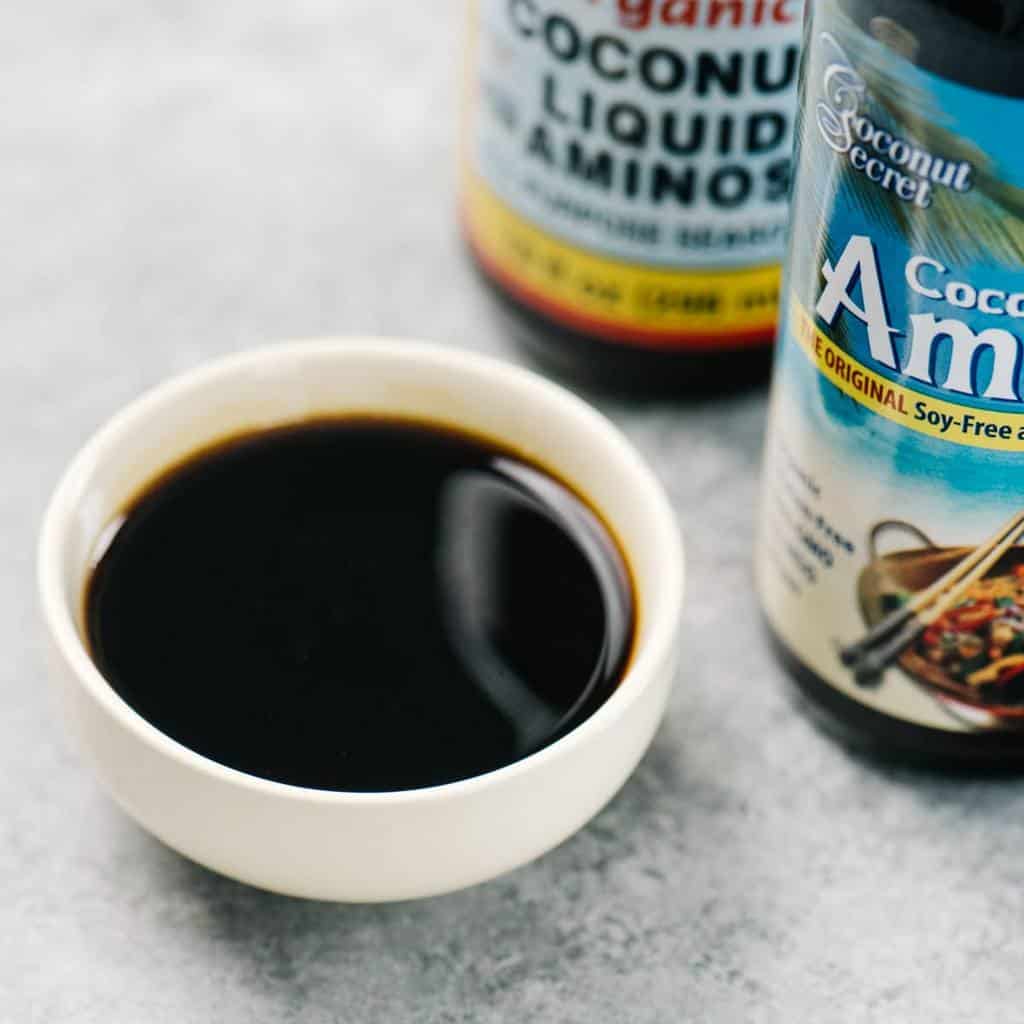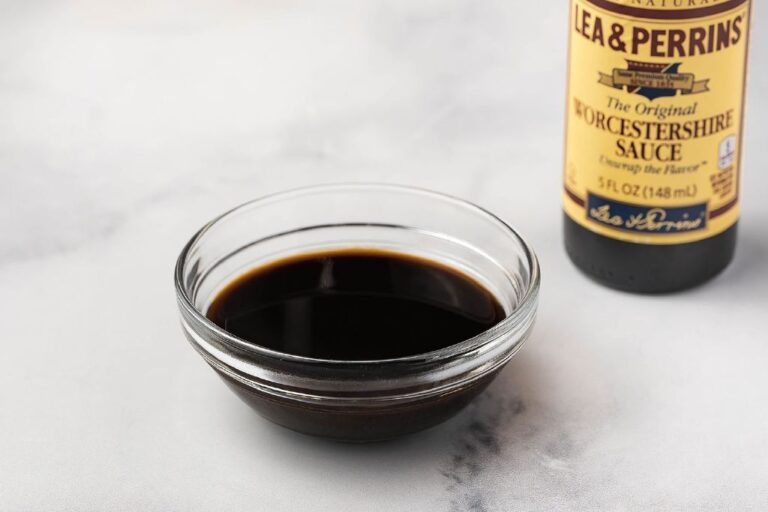Is Fish Sauce Sour? Decoding the Acidity of this Asian Condiment

Are you a fan of Asian cuisine? If so, you’ve likely encountered the mysterious and captivating flavor of fish sauce. This iconic condiment, with roots in Southeast Asian cooking, gives dishes a unique punch. But have you ever wondered about its acidity? Is fish sauce truly sour, or is there more to its taste profile?
Today, we embark on a flavorful journey to decode the acidity of this intriguing Asian condiment. Join us as we delve into the depths of fish sauce, exploring its pH levels, variations in acidity, and how it balances with the dominant umami flavor.
This article will reveal fish sauce’s secrets and open up new culinary possibilities for chefs and foodies alike. Get ready to satisfy your taste buds and unlock the mysteries of this tangy delight!
Understanding the Basics of Fish Sauce
Before we dive into the acidity of fish sauce, it’s essential to grasp some fundamental concepts.
Fish sauce is a savory liquid condiment widely used in Asian cuisine. It has a long history and is deeply rooted in the culinary traditions of countries like Thailand, Vietnam, and Laos.
Salting and fermenting anchovies or other small fish is the traditional method of making fish sauce. This fermentation process results in a complex flavor profile that adds depth and umami to various dishes.
Acidity is a measure of the concentration of hydrogen ions in a solution. It is commonly measured on the pH scale, which ranges from 0 to 14. A pH of 7 is considered neutral, while values below 7 indicate acidity and values above 7 indicate alkalinity.
The pH and Acidity of Fish Sauce
Fish sauce is indeed acidic, but the level of acidity can vary depending on factors such as the fermentation process, the type of fish used, and the brand. On average, fish sauce has a pH ranging from 4.0 to 6.0, making it slightly acidic.
However, the pH scale is logarithmic, meaning that each unit represents a tenfold difference in acidity or alkalinity. Therefore, a fish sauce with a pH of 5.0 is ten times more acidic than one with a pH of 6.0.
Variations in Acidity Across Fish Sauce Brands

Different brands and types of fish sauce can exhibit variations in acidity levels. This is due to variations in the production process and the specific fish used. For example, some brands may produce a fish sauce with a pH on the lower end of the scale, resulting in a more pronounced sourness. Others may aim for a milder acidity, offering a balanced flavor profile.
The sauce’s acidity depends on the fish used, fermentation methods, and fermentation time. Some brands may have a slightly higher acidity, while others may have a milder profile. It’s worth exploring different brands to find the one that suits your tastes.
Umami: The Dominant Flavor
While fish sauce does contain acidity, it is known for its umami flavor. Umami is considered the fifth basic taste, alongside sweet, sour, salty, and bitter. It is often described as having a savory or meaty taste that adds depth and complexity to dishes. Fish sauce is rich in glutamic acid, an amino acid responsible for the umami flavor, which can overpower its sourness.
Using Fish Sauce in Cooking
Fish sauce is a versatile ingredient that is widely used in Southeast Asian cuisines, particularly Thai, Vietnamese, and Filipino cuisines. Its unique flavor profile makes it an excellent choice for enhancing soups, stir-fries, marinades, and dipping sauces. It serves as a foundation for many traditional dishes, such as the famous Thai green curry or Vietnamese pho.
Pairing Fish Sauce with Other Ingredients
To balance the flavors in a dish that includes fish sauce, it is common to combine it with other ingredients. The sweetness, acidity, and saltiness of fish sauce can help harmonize the taste.
Lime or lemon juice, for instance, can add a tangy freshness that complements the umami notes of fish sauce. A touch of sugar or honey can provide a hint of sweetness to counterbalance the saltiness.
Here’s a handy table summarizing some ingredients that pair well with fish sauce:
| Ingredient | Flavor Effect |
| Lime/Lemon | Tangy freshness |
| Sugar/Honey | Subtle sweetness |
| Chili | Spicy kick |
| Garlic | Aromatic depth |
| Ginger | Warm, earthy notes |
| Cilantro | Herbaceous freshness |
| Scallions | Mild onion-like flavor |
Experimenting with these complementary ingredients can help you create a balanced and flavorful dish that highlights fish sauce’s unique qualities.
Health Benefits of Fish Sauce
In addition to its culinary uses, fish sauce also offers several health benefits. It is a good source of protein, essential amino acids, and minerals such as calcium, iron, and magnesium. Moreover, fish sauce is rich in B vitamins, which play a vital role in energy production and brain function.
WARNING
It is important to note that fish sauce is high in sodium, so moderation is key, especially for individuals with hypertension or other sodium-sensitive conditions.
Choosing the Right Fish Sauce
When selecting fish sauce, it’s helpful to consider a few factors to ensure you get the best quality product. Look for fish sauce that uses high-quality fish and natural fermentation processes. Avoid those with added preservatives or artificial flavors. Reading reviews and recommendations can also guide you towards reputable brands known for their authenticity and flavor.
Storing and Shelf Life
To maintain the quality and flavor of fish sauce, proper storage is crucial. Most fish sauce bottles are labeled with a “best before” date, indicating the period during which the sauce retains its optimal flavor. However, fish sauce can generally last well beyond that date if stored correctly.
It is recommended to keep it in a cool, dark place, away from direct sunlight and heat. Refrigerating fish sauce is not necessary but can help prolong its shelf life.
Exploring Fish Sauce Varieties
Discovering fish sauce’s diverse flavors in these regional varieties can be a fun culinary adventure.
Fish sauce, a staple ingredient in many Asian cuisines, offers a fascinating array of flavors and characteristics across different regions. Exploring the various fish sauce varieties opens up a delightful culinary adventure, allowing food enthusiasts to experience the nuances and complexities of this pungent yet savory condiment.
Vietnamese fish sauce, known as “nước mắm” exemplifies a lighter and sweeter profile compared to other varieties. It is typically made from anchovies or other small fish fermented with salt and water. The resulting sauce boasts a delicate umami flavor with subtle hints of sweetness. Nước mắm adds depth and complexity to Vietnamese dishes such as pho, banh mi, and spring rolls, lending a unique touch without overpowering other flavors.
On the other hand, Thai fish sauce, referred to as “nam pla,” stands out for its bolder and saltier character. Made from anchovies or similar small fish, nam pla undergoes a longer fermentation process, resulting in a more robust and intense flavor. This variety is often used in Thai curries, stir-fries, and dipping sauces, where its distinct saltiness enhances the overall taste of the dish. Its potent aroma and powerful taste contribute to the signature Thai cuisine’s vibrant and spicy profile.
Beyond Vietnam and Thailand, other countries in Asia also have their own fish sauce traditions. For example, in the Philippines, “patis” is a fermented fish sauce commonly used in Filipino cuisine. Patis has a milder flavor compared to its Southeast Asian counterparts, with a balance of saltiness and umami. It is frequently employed in traditional Filipino dishes like adobo and sinigang, providing a subtle savory note that complements the ingredients without overpowering them.
Similarly, in Indonesia, “kecap ikan” or “terasi” is a type of fish sauce made from fermented shrimp or fish. It offers a rich umami flavor and is often used as a base in Indonesian dishes, such as sambal, stir-fries, and marinades. Indonesian fish sauce can vary in terms of sweetness and saltiness depending on the region and the specific ingredients used.
The beauty of exploring fish sauce varieties lies in the opportunity to appreciate the intricate flavors and cultural diversity across Asia. Each regional variety adds its own distinctive touch to traditional dishes, and experimenting with different types of fish sauce allows for a deeper understanding of the complexities of Asian cuisine.
Conclusion
In conclusion, fish sauce is indeed acidic, but the dominant umami flavor it adds to dishes frequently overshadows its sourness. With a pH range of 4.0 to 6.0, fish sauce provides a tangy and savory note that elevates the taste of various Southeast Asian delicacies.
Understanding its acidity and how it complements other ingredients allows you to harness the full potential of this versatile condiment.
So, the next time you reach for that bottle of fish sauce, remember that it brings more to the table than just sourness. It adds depth, complexity, and a touch of umami to your culinary creations, making it an indispensable ingredient in Asian cooking. Embrace the flavors, explore different varieties, and enjoy the vibrant world of fish sauce in all its delightful acidity and umami goodness.
FAQs
Can you substitute fish sauce for vinegar for a sour flavor?
While vinegar can provide a sour flavor, it is not an ideal substitute for fish sauce. Fish sauce has a unique umami flavor that adds depth and complexity to dishes in addition to its sourness. Soy sauce mixed with a little vinegar can be used as a vegetarian or vegan substitute for fish sauce.
Is fish sauce the same as Worcestershire sauce?
No, fish sauce and Worcestershire sauce are not the same. Fish sauce is made from fermented fish or shellfish, while Worcestershire sauce contains vinegar, molasses, anchovies, and spices.
Fish sauce is salty and sour, while Worcestershire sauce has hints of sweetness, tanginess, and umami.
How long does fish sauce stay sour?
Fish sauce is naturally sour due to its fermentation process. The sourness will remain as long as the fish sauce is stored properly. Properly sealed and stored fish sauce can maintain its sour taste for several years, even beyond fish sauce expiration date. However, the flavor may gradually change over time.
Can fish sauce go bad and become too sour?
Fish sauce does not become “too sour” in the sense of spoiling or becoming unsafe to consume. However, if fish sauce is exposed to air or not stored properly, it can develop off-flavors and lose its quality over time. It may become overly pungent or develop a harsher taste. It’s best to store fish sauce in a cool, dark place and ensure it is tightly sealed to maintain its flavor.
What are some dishes that use fish sauce as a sour ingredient?
Fish sauce is widely used in Southeast Asian cuisine and other parts of the world for its unique flavor. Some dishes that commonly use fish sauce as a sour ingredient include:
– Pad Thai: A popular Thai stir-fried noodle dish that often incorporates fish sauce for both its salty and sour flavors.
– Vietnamese Pho: The traditional Vietnamese soup often contains fish sauce as a key seasoning ingredient, adding depth and umami to the broth.
– Green Papaya Salad (Som Tam): A refreshing Thai salad made with shredded green papaya, lime juice, chilies, and fish sauce.
– Vietnamese Nuoc Cham: A versatile dipping sauce used in various Vietnamese dishes, combining fish sauce, lime juice, sugar, garlic, and chili.
– Filipino Adobo: A classic Filipino dish featuring meat or vegetables marinated and braised in a sauce that includes vinegar and soy sauce (although not fish sauce directly, vinegar provides a sour flavor).






